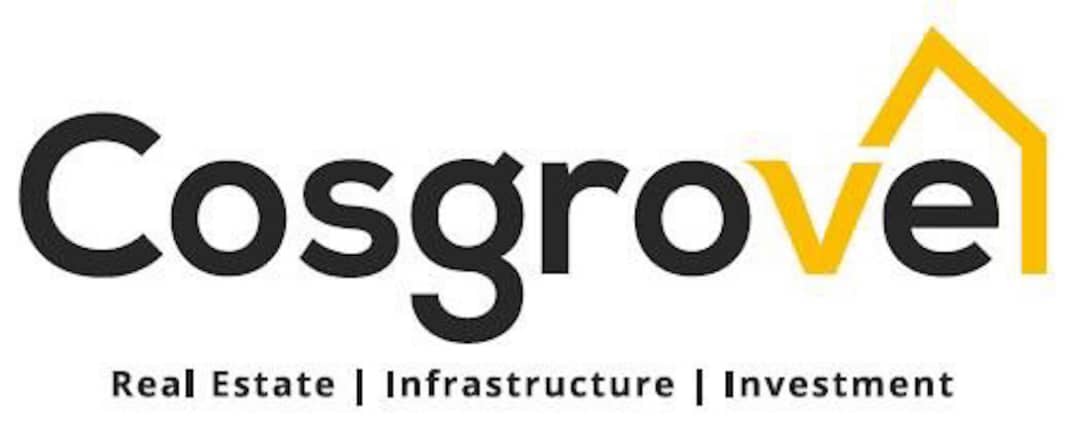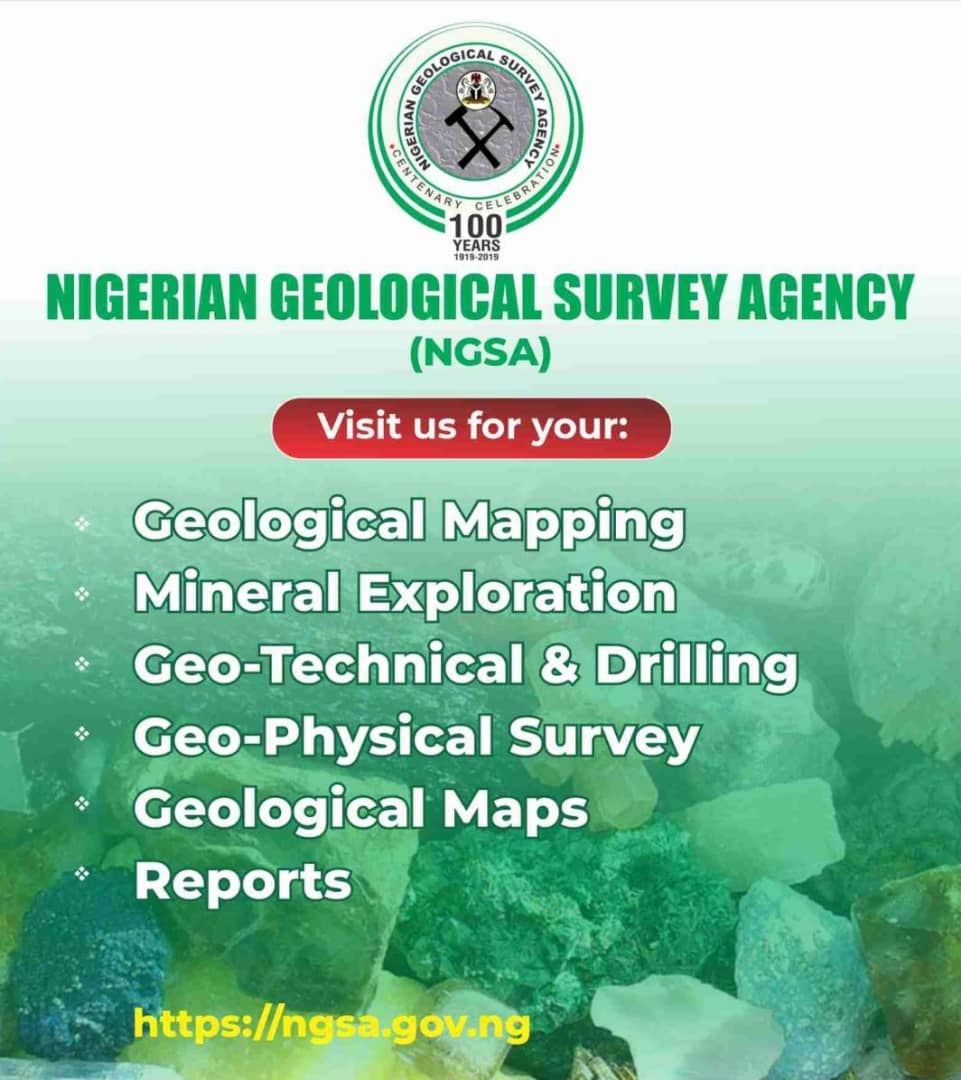
THE rise of Agentic Artificial Intelligence (AI) has dramatically reshaped the conversation around digital transformation in the workplace. We are witnessing a shift from traditional, reactive AI tools to systems that exhibit greater autonomy, decision-making capability, and task execution—marking the emergence of a new era. At the intersection of Agentic AI and Generative AI, lies a compelling opportunity to reimagine how we work, lead, and innovate.
This transformation brings with it both promise and peril. As Reuters and others have highlighted, the evolution of AI is now touching every sector—from creative industries to logistics, healthcare to finance. Yet with this rapid technological rise, challenges around ethics, trust, job security and integration continue to surface. Understanding how to manage these transitions will define whether businesses thrive—or fall behind—in the AI-driven workplace.
Understanding the Agentic–Generative AI dynamic
To appreciate the impact of this shift, it’s crucial to distinguish between the roles of Generative and Agentic AI.
Generative AI is designed to create new outputs—be it text, visuals, music or software code—based on learned patterns. Think of tools like ChatGPT, DALL·E, or Bard, which can generate new content on demand.
Agentic AI, in contrast, is designed to actively perform tasks on behalf of users. It’s more action-oriented—analysing data, automating decisions, initiating workflows, and completing tasks with minimal input. These systems aren’t just smart—they’re autonomous and proactive.
The integration of these two forms of AI creates a powerful hybrid model. Generative AI brings ideation, while Agentic AI brings execution. This combination allows organisations to streamline decision-making, improve creative output, and scale productivity without compromising quality.
Debunking job loss fears through hybrid AI
One of the most persistent fears about AI is job displacement. It’s a concern deeply rooted in public discourse: the worry that machines will replace humans, triggering mass unemployment and widening economic inequality.
But this fear, while understandable, often overlooks the transformative potential of hybrid AI. By blending Generative and Agentic AI, businesses can empower workers rather than displace them.
Instead of eliminating roles, AI can free workers from repetitive and administrative tasks, allowing them to focus on high-value areas like strategic planning, creative thinking, and emotional intelligence—skills AI cannot replicate.
This shift also opens up new types of employment. Roles like AI trainers, prompt engineers, data ethics officers, and AI-augmented designers are now emerging, underscoring the potential for job creation within an AI ecosystem. The future is not about choosing between AI and people—it’s about enabling both to thrive together.
Building trust through transparent AI systems
Equally important is the challenge of trust. Many workers and decision-makers remain wary of AI systems, particularly when it comes to delegating critical tasks like hiring, pricing, or strategic planning.
This mistrust stems from valid concerns: bias in algorithms, lack of explainability, and the fear of relinquishing too much control. If left unaddressed, these concerns could derail the full integration of AI into the workplace.
That’s where the convergence of Generative and Agentic AI becomes powerful. While Agentic AI performs and decides, Generative AI can explain the rationale behind those decisions. This dual-functionality helps demystify AI processes, enabling users to understand how a decision was made and why.
Transparency builds credibility, which in turn builds trust. And in today’s workplace, trust in technology is as important as the technology itself.
Empowering leadership for AI-ready workforces
As we stand on the edge of this AI revolution, leadership will play a defining role in determining its success. Industry leaders must move beyond a surface-level understanding of AI and develop a deep literacy of both Agentic and Generative technologies.
This literacy includes recognising when and where to deploy AI, how to train teams, and how to continuously monitor AI systems for accuracy, fairness, and ethical integrity.
A strong AI leader knows that the goal isn’t simply automation—it’s augmentation. The most successful organisations will be those that create seamless collaboration between people and AI, where each enhances the other.
To do this, leaders should:
- Invest in training: Upskilling employees to work effectively alongside AI is non-negotiable. Digital literacy must evolve to include AI fluency.
- Embed ethical frameworks: Transparency, fairness, and accountability must be baked into every AI deployment.
- Foster a growth mindset: Change management will be key. Cultivating curiosity, adaptability and continuous learning will help teams embrace, not resist, AI.
This new leadership model demands vision, empathy, and resilience. It is less about replacing humans with machines and more about reimagining what human work looks like when empowered by intelligent systems.
Recognising the risks: oversight and overreach
While the advantages of Agentic AI are significant, its risks must not be overlooked. With increased autonomy comes the possibility of unintended consequences. A system designed to execute independently could act on flawed data or operate beyond its intended boundaries.
Among the most pressing concerns:
- Algorithmic bias: If AI is trained on biased data, it will replicate and amplify those biases—especially in high-stakes areas like recruitment or finance.
- Overreliance: Excessive dependence on AI could reduce critical human oversight, leading to blind spots or ethical lapses.
- Systemic vulnerabilities: Autonomous systems could be exploited, manipulated, or malfunction, leading to reputational or legal risks.
To address these, organisations must build robust monitoring and feedback systems. Periodic audits, employee feedback loops, and scenario testing can ensure that AI systems remain aligned with organisational goals and ethical norms.
Moreover, a strong culture of accountability and collaboration—where AI supports, not supplants, human judgement—must underpin every implementation.
Shaping a collaborative AI future
The hybridisation of Agentic and Generative AI offers one of the most exciting frontiers in digital transformation. When thoughtfully integrated, these systems can elevate how we work, solve problems, and create value.
But their success depends not just on the sophistication of the technology—but on how we use it.
By adopting a holistic approach that values transparency, human-AI collaboration, ongoing learning, and ethical clarity, organisations can navigate this transformation wisely. The workplace of the future is not a battleground between man and machine—it is a shared space, where the best of both converge to shape a resilient, innovative, and inclusive digital economy.
As we move forward, the question is no longer whether AI will change work—it already has. The real question is: Are we ready to lead that change—intelligently, ethically, and together? (Africa Briefing)









